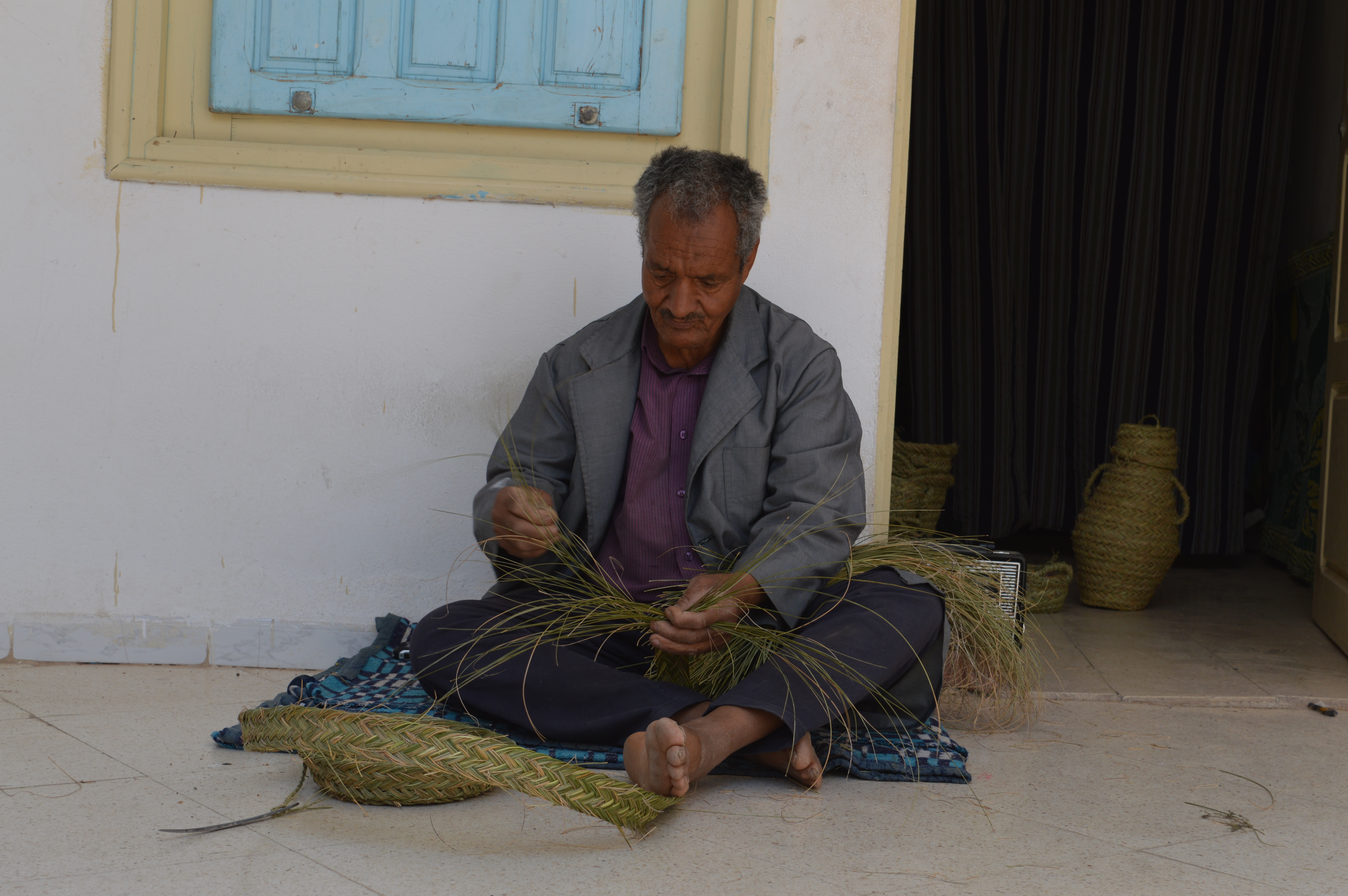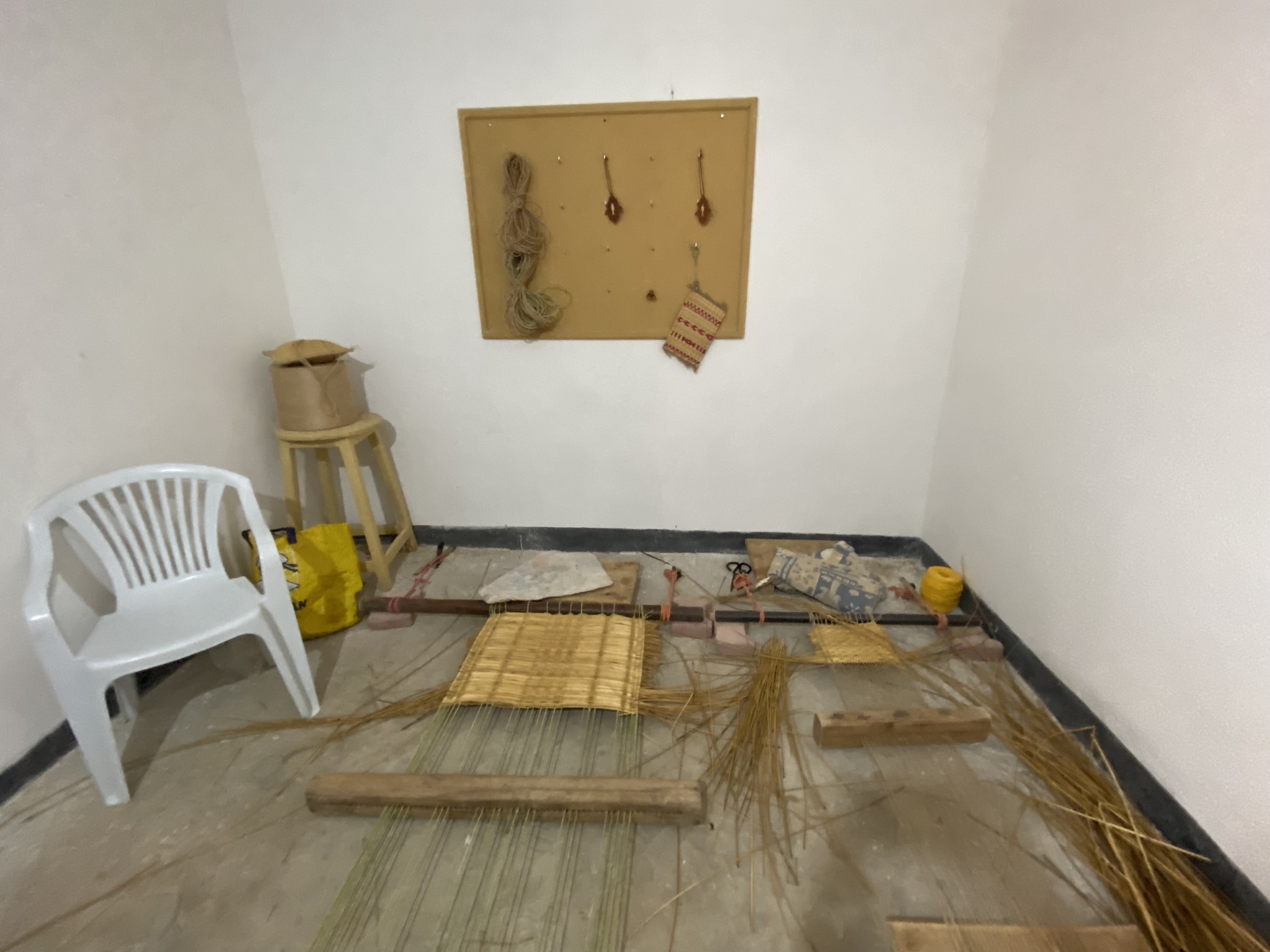Crafts
The landscape has offered a number of raw materials from plants and animals for a multitude of crafts. Today few local women and men still collect wild plants to produce objects they use in their life or as decorations. The knowledge to turn such materials into useful objects is shared from one generation to another and is called ‘Intangible Heritage’. People use a variety of plants to craft baskets, hats, ropes, and mats. In Tlalet, a group of women has revived the craft of harvesting reeds and weaving into traditional objects that are environmentally friendly and also very useful such as bags, baskets, and mats of various sizes. Women can harvest various types of reeds and also dye them to create different designs. Please visit our shop at the Museum or online if you are interested to buy their products or visiting their workshop.



